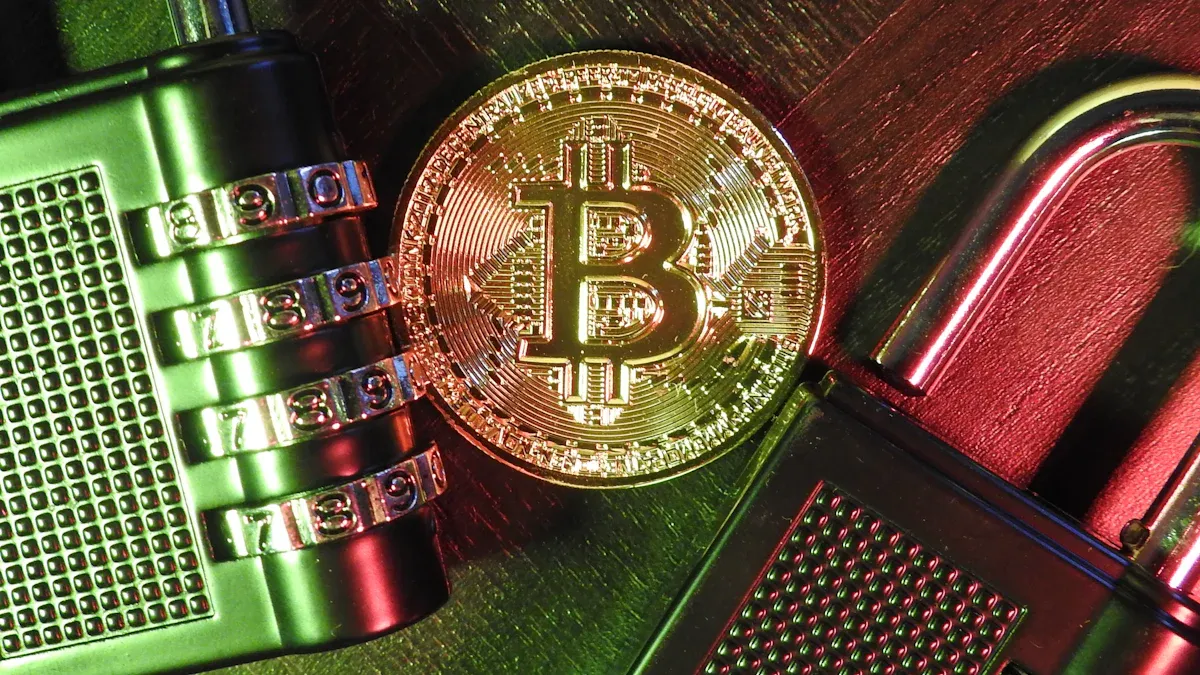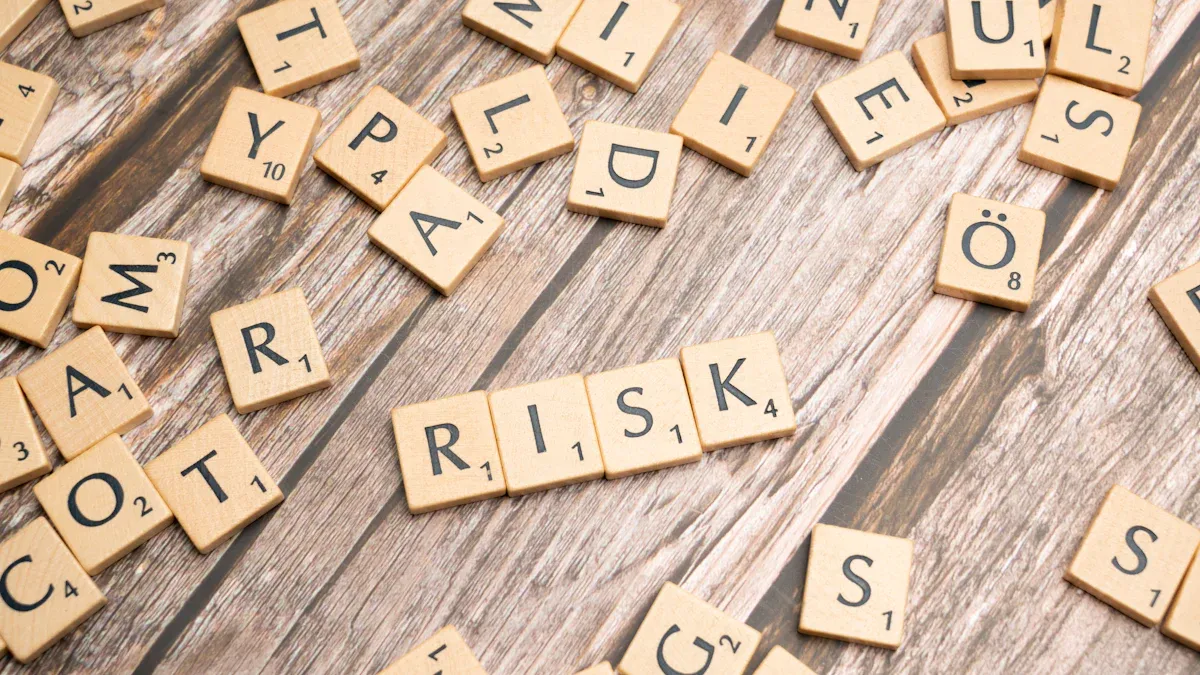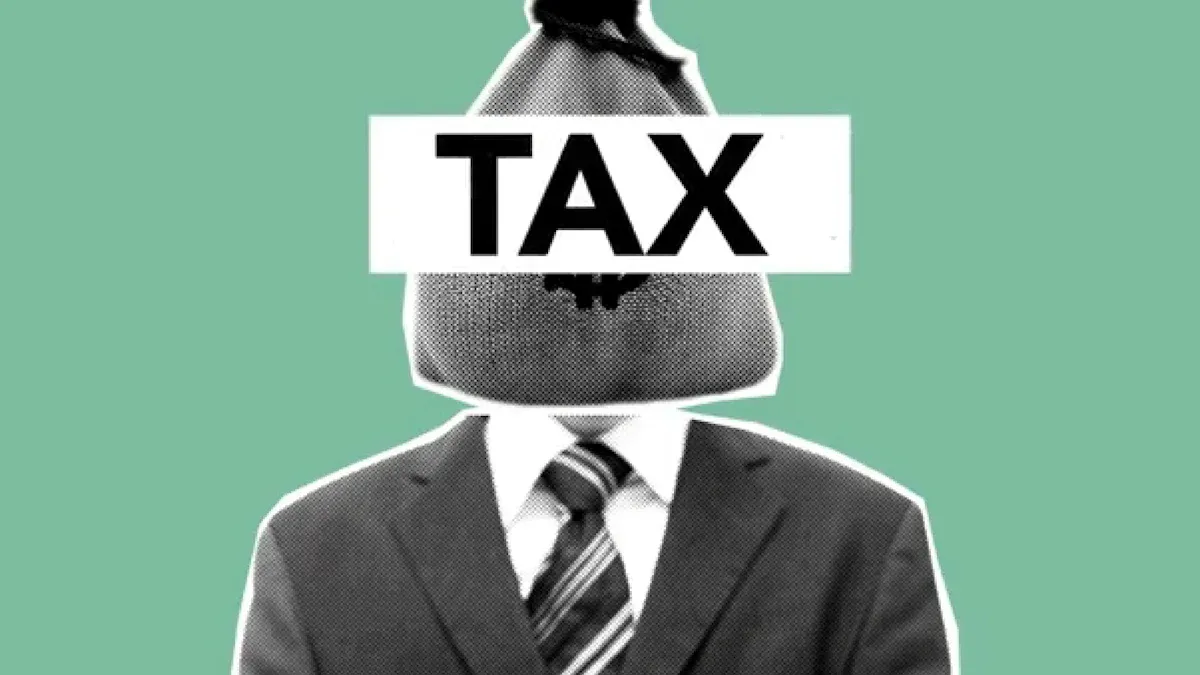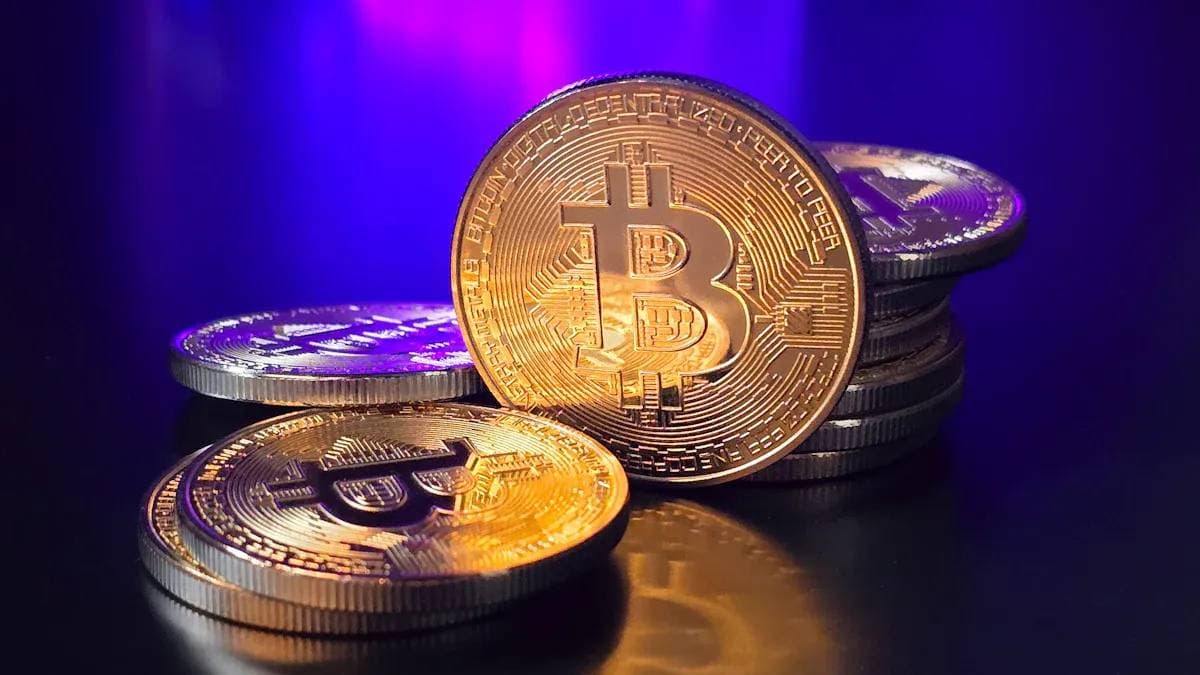- EasyCard
- Trade
- Help
- Announcement
- Academy
- SWIFT Code
- Iban Number
- Referral
- Customer Service
- Blog
- Creator
USDT Family Support Operations Manual: Avoiding Money Laundering Risks and Tax Declaration Techniques

Image Source: pexels
Are you considering using USDT to provide financial support to family overseas? This is becoming an increasingly common choice. By 2025, cryptocurrency is expected to account for 3-6% of the global remittance market. USDT plays an important role in cross-border activities due to its stable characteristics.
Data shows that approximately 50-60% of USDT transaction activity involves cross-border trade and remittances. In the Middle East and Southeast Asia alone, more than $30 billion in B2B settlements were completed through Tether in the first quarter of 2025.
To legally and compliantly use USDT to support your family, you need to focus on three core points: choosing licensed trading platforms, retaining complete proof of the fund chain, and proactively complying with the tax regulations in your and your family’s locations. This manual aims to provide you with a clear compliance guide to ensure every family support transaction is safe and worry-free.
Core Points
- When using USDT to remit to family, choose licensed trading platforms and complete identity verification (KYC).
- When purchasing USDT, use your own bank account and retain all transaction records to prove the legitimacy of the fund sources.
- When transferring USDT to family, it is best to do so in small amounts in batches and add remarks during the transfer to indicate it is family support.
- After family receives USDT, they should also complete identity verification on compliant platforms before exchanging it into local currency.
- Understand and comply with local tax regulations, especially gift tax and capital gains tax, and consult tax experts when necessary.
Awareness Section: Risks and Basic Preparation

Image Source: unsplash
Before starting operations, you must first understand the potential risks involved and complete the basic preparation work. This is not only to protect your assets but also to ensure that your good intentions are not misunderstood as illegal activities. This chapter will lay a solid compliance foundation for you.
Why Family Transfers Also Carry Money Laundering Risks
You might ask: I’m just sending money to family, how could it be related to “money laundering”? The answer lies in the anonymity of funds and transaction behavior patterns. Financial regulatory agencies’ anti-money laundering (AML) systems automatically screen for suspicious behavior without prejudging your intentions. If your operations trigger any of the following danger signals, they may be flagged:
- Unclear fund sources: Funds come from unregulated platforms or third-party mixing services.
- Suspicious account behavior: You or your family register with forged information or frequently change contact methods.
- "Money mule" characteristics: Accounts of people unfamiliar with crypto technology (such as some elderly individuals) suddenly show large or high-frequency transactions.
- Geographic risks: Funds are transferred in or out from exchanges in high-risk jurisdictions.
Regulatory Perspective Cases from the Financial Action Task Force (FATF) show that once regulators discover funds related to illegal activities (such as online fraud), they will trace the entire fund chain. Even if your transfer is legal, if any link in the chain touches “dirty money,” your and your family’s accounts may be frozen for investigation.
Global Regulatory Trends and Stablecoin Selection
Global regulatory agencies are tightening regulations on stablecoins. No matter where you are, understanding these rules is crucial.
- United States: New regulations such as the GENIUS Act require stablecoin issuers to comply with the Bank Secrecy Act (BSA) and implement strict AML programs.
- European Union: MiCA regulations clearly stipulate that stablecoin issuers are obligated to monitor and report suspicious transactions.
- Singapore: The Monetary Authority of Singapore (MAS) requires licensed institutions to extend their AML monitoring programs to token flows.
This means that the USDT issuance networks you choose (such as Tron, Ethereum) and their related service providers are all under regulation. Choosing mainstream, transparent stablecoins is the first step in compliance.
Importance of Choosing Compliant Exchanges
The most effective way to avoid risks is to always operate within exchanges that hold legitimate licenses. These platforms are regulated by financial institutions and can provide you with basic legal and asset security guarantees.
| Exchange Name | Partial Regulatory Licenses |
|---|---|
| Gemini | NYDFS (United States) |
| Crypto.com | MAS (Singapore), FCA (United Kingdom) |
| Coinbase | NYDFS (United States), FCA (United Kingdom) |
For example, compliance-focused payment platforms like Biyapay strictly adhere to regulatory requirements and may provide asset insurance (such as hot wallet insurance and cybersecurity insurance) to protect user funds from external threats like hacker attacks. Trading on these platforms ensures your fund sources are clear and protected.
Complete Identity Verification (KYC) for You and Your Family
KYC (Know Your Customer) is a mandatory requirement for all compliant exchanges. This is an identity verification process aimed at preventing financial crimes. Both you and your family must complete this step on the platforms you each use to build a complete compliance closed loop.
Typically, the KYC process requires you to provide:
- Government-issued identity proof: Such as passport or ID card.
- Proof of address: Recent utility bills or bank statements.
- Facial recognition: Complete selfie or real-time video verification via mobile camera.
On platforms like Biyapay, basic verification is usually completed within a few minutes, while higher-level verification may take 1-3 days. This is an indispensable part of our compliance guide; please prepare the required documents in advance to ensure a smooth process.
Operations Section: USDT Family Support Compliance Guide
After completing the basic preparation, you can now enter the actual operation phase. This chapter is the core of the entire manual, where we will break down step by step the entire process from purchasing USDT to your family successfully cashing out. Following this compliance guide, every step of your operation will be built on a foundation of safety and transparency.
Step One: Purchase USDT Through Compliant Channels
Your compliance journey begins at the source of funds. You must purchase USDT through licensed exchanges using your own bank account. This ensures your fund sources are clear and legitimate, laying the foundation for all subsequent operations.
On compliant platforms like Biyapay, Coinbase, or Crypto.com, you can typically use the following methods to deposit and purchase USDT:
- Bank transfer (for example, ACH, SEPA, wire transfer)
- Debit card or credit card
- Third-party payment service providers (for example, MoonPay)
- Apple Pay
Core Principle: Establish Fund Chain No matter which method you choose, the key is to generate a clear fund chain: from your personal bank account to the compliant exchange. This record is the strongest evidence to prove the legitimacy of your fund sources. Please avoid using others’ accounts or funds of unknown origin for purchases.
Step Two: Create and Securely Manage Crypto Wallet
Although you can transfer directly between exchanges, using a personal crypto wallet (non-custodial wallet) can provide you with greater asset control. No matter which wallet you choose, protecting your “keys”—that is, private keys or seed phrases—is of utmost importance.
Seed phrases are usually combinations of 12 or 24 words, which are the only way to recover and control your wallet assets. Once leaked, your assets will face the risk of theft. The following are verified secure backup strategies:
1. Physical Backup (Preferred)
- Offline handwriting: Neatly write the seed phrase on paper or engrave it on a metal plate.
- Secure storage: Store the physical backup in a fireproof, waterproof safe.
- Geographic dispersion: Consider making two backups and storing them in two different secure locations (for example, one in a home safe and one in a bank safe deposit box) to prevent accidents like fire or theft.
2. Digital Backup (High Risk, Exercise Extreme Caution) If you must perform digital backup, please follow strict security procedures.
Security Tip Never store the seed phrase in plain text (such as txt files, emails, chat records) on any internet-connected device. You can use tools like VeraCrypt to create an encrypted virtual disk, store the seed phrase in it, and then upload this encrypted file to zero-knowledge cloud storage or save it on an offline USB drive.
Step Three: Execute Transfer: Small Amounts, Batches, and Remarks
When you are ready to transfer USDT to your family, your operation method is also part of risk management. Every transaction on the blockchain is public and permanently traceable. Therefore, deliberately planning your transfer behavior can effectively reduce the risk of being misjudged as suspicious activity by financial institutions.
- Small amounts, batches: Avoid transferring large amounts at once (for example, exceeding $10,000). Split a large support amount into several smaller transfers and complete them over days or weeks. This pattern is more in line with regular family support behavior and less likely to trigger AML system alerts.
- Add remarks (Memo/Tag): Some blockchain networks (such as TRON) and many exchanges support adding remarks during transfers. This is an excellent opportunity to explain the nature of the transaction to yourself and potential reviewing agencies.
Example Remarks
For family support - Jan 2024Gift to MomThis proactive marking behavior can clearly define a potentially ambiguous crypto transfer as a legitimate family gift.
Step Four: Family Receiving and Compliant Exchange
This is the final step in the compliance closed loop and is equally crucial. Your family must use accounts in their own name that have completed KYC identity verification to receive and exchange USDT.
- Receive USDT on compliant platforms: Your family should register and complete KYC on compliant platforms such as Biyapay or Binance. You transfer USDT to their platform account address.
- Exchange through P2P or fiat channels: After receiving USDT, family can exchange it for local currency through the platform’s P2P (peer-to-peer) market or fiat withdrawal channels.
- P2P trading: On platforms like Binance P2P or Bybit P2P, family can choose reputable buyers and safely sell USDT through escrow services, receiving local fiat from compliant channels such as Hong Kong licensed banks.
- Fiat withdrawal: Some platforms allow direct exchange of crypto assets into fiat and withdrawal to bound bank accounts.
Completing advanced identity verification (KYC Level 2) usually significantly increases daily or monthly withdrawal limits, which is especially important for receiving larger amounts of family support.
| Exchange | KYC Verification Level | Daily Withdrawal Limit (Fiat) |
|---|---|---|
| Bybit | KYC Level 1 | $1,000,000 USD |
| Bybit | KYC Level 2 | $2,000,000 USD |
| Binance | Completed KYC | Usually up to $100,000 USD per day |
Following this operational compliance guide, you not only ensure the safety of funds but also establish a solid legal and factual foundation for every family support action.
Tax Section: Gift and Income Declaration

Image Source: pexels
Compliant operations are not limited to the transfer process; properly handling taxes is a key step to ensure your financial behavior is completely legal. In countries like the United States, cryptocurrency is considered property, and its transactions and gifts may trigger tax declaration obligations. This chapter will analyze the relevant tax core points for you.
When Tax Declaration Obligations Are Triggered
You need to be clear that not all cryptocurrency activities require taxation, but many common operations are taxable events. According to the Internal Revenue Service (IRS) regulations, when you perform the following activities, you may need to declare taxes:
- Selling cryptocurrency for fiat (such as USD)
- Using cryptocurrency to exchange for another cryptocurrency
- Using cryptocurrency to purchase goods or services
Transferring cryptocurrency from one wallet under your name to another wallet is usually not a taxable event. But once a disposal occurs, you need to calculate gains or losses.
Core Considerations for Gift Tax
When you gift USDT to family, you need to consider the gift tax regulations. Policies vary greatly across different countries/regions.
- United States: The United States has an annual gift tax exemption amount. Donors can gift a specific amount to any number of individuals each year without needing to declare.
Gift Year Annual Exemption Amount per Donee 2023 $17,000 2024 $18,000 If you are married, you and your spouse can jointly gift up to $36,000 to each family member in 2024 without paying gift tax. - Mainland China: Currently, mainland China has not imposed a gift tax.
Therefore, planning your gift amounts and frequency is an important technique for compliant tax avoidance.
Calculation of Capital Gains Tax
If your family sells the USDT you gifted in the future, they may need to pay capital gains tax. The tax amount is calculated based on the “cost basis” (Cost Basis). According to IRS guidelines, as the donee, family will inherit the cost basis and holding period when you originally purchased the asset.
- Your Purchase Cost: You purchased 10,000 USDT for $10,000 (cost basis of $1 per token).
- Family Sale: Your family sells all USDT at $1.005 after receiving it, obtaining $10,050.
- Calculate Gains: $10,050 (sale price) - $10,000 (your cost basis) = $50 (capital gain).
This $50 gain needs to be reported by your family in their tax declaration as capital gain.
Important Notice for US Tax Residents: $10,000 Transaction Declaration
This is a very important regulation, especially for US tax residents receiving overseas gifts. If you are a US citizen or resident and receive gifts totaling more than $100,000 from non-US persons (such as family living overseas) in a year, you must proactively declare to the IRS.
Key Declaration: Form 3520 You need to submit
Form 3520to report this gift. This is merely informational declaration and usually does not directly generate tax. But if you fail to declare on time, you may face high penalties, with fines up to 25% of the gift amount. This regulation applies to all forms of assets, including cryptocurrency.
Evidence Section: Building a Complete Evidence Chain
If compliant operations are your shield of protection, then a complete evidence chain is the core of that shield. In front of regulatory or tax authorities, clear records are the ultimate basis for proving the legality of all your operations. You must act like a professional accountant to establish files for every fund flow.
What Transaction Records Need to Be Saved
To cope with potential audits and accurately declare taxes, you need to systematically record the details of every transaction. A detailed transaction log is your most powerful tool.
Core Elements of Transaction Log Your records should at least include the following information to ensure every transfer is traceable:
- Transaction Date: The specific time the transfer occurred.
- Transaction Type: Whether it is purchase, sale, or gift.
- Asset Information: The cryptocurrency involved (such as USDT) and the corresponding USD amount.
- Transaction Platform: The name of the exchange or wallet you used.
- Transaction Fees: Paid network fees (Gas Fee) or platform fees.
- Related Party Information: Your and your family’s wallet addresses or account information.
To facilitate tax declaration, you should also additionally organize data related to capital gain calculations, including the original purchase date of the asset, cost basis (Cost Basis), and final disposal gains.
Although manual recording is feasible, you can also use professional crypto tax software to automate this process. Tools like CoinTracking, Ledgible, or Koinly can automatically sync your transaction data across multiple exchanges and wallets via API, generating complete tax reports and greatly reducing your recording burden.
How Long Should Records Be Kept
The duration for keeping records is not the longer the better, but it must be long enough to cover the statutory audit tracing period. Different regulations have different requirements; you can refer to the following standards to formulate your record-keeping strategy.
According to the requirements of the US Bank Secrecy Act for financial institutions, documents related to transactions over $3,000 need to be kept for five years. Although you are not a financial institution, this provides you with a reliable minimum retention period reference.
For tax purposes, the IRS audit statute of limitations is a more direct guidance standard.
| Audit Situation | Tracing Period |
|---|---|
| Standard Audit | 3 years after tax filing deadline |
| Significant Income Underreporting (over 25%) | 6 years after tax filing deadline |
| Suspected Tax Fraud | No time limit |
Given the complexity of cryptocurrency transactions, the risk of unintentionally underreporting income exists. Therefore, the safest approach is: Keep all cryptocurrency-related transaction records, bank statements, and communication records for at least six years. This ensures that in most cases, you can provide sufficient evidence to respond to possible reviews.
Following this compliance guide, through compliant channels, meticulous evidence preservation, and proactive tax planning, your use of USDT to support family can be completely safe and legal. Compliance is not an obstacle but the cornerstone of your long-term financial security.
Professional Advice Please internalize compliance awareness into operational habits. Recently, the IRS has initiated criminal prosecutions against individuals for unreported crypto gains through cases like
U.S. v. Frank Ahlgren III. Facing up to 75% fraud penalties and imprisonment risks, consulting professional tax advisors when handling large amounts is the most responsible approach for you and your family.
- Disclaimer: The information in this article is for general guidance only and does not constitute any legal or tax advice. All operations should be based on the latest laws and regulations in your location.
FAQ
Should I Choose TRON (TRC20) or Ethereum (ERC20) Network for USDT?
The TRON (TRC20) network has lower transfer fees and faster speeds. The Ethereum (ERC20) network has a broader ecosystem. For family support, TRC20 is a common choice due to its efficiency and low cost. You need to confirm which network the platform used by your family supports.
What Happens If My Family and I Skip Identity Verification (KYC)?
Warning: High-Risk Operation Never skip KYC. You will be unable to use the full functions of compliant exchanges, such as withdrawals. More importantly, you will damage the compliance of the fund chain, putting your and your family’s accounts at risk of being frozen.
How Can I Prove to Regulatory Agencies That This Money Is Indeed a Gift?
You can prove it by building a complete evidence chain. Key documents include:
- Records of you purchasing USDT from the bank.
- Blockchain transfer records with “Gift” or “Family Support” remarks.
- Communication records between you and your family.
Is It Safe for Family to Use P2P Trading to Exchange for Fiat?
P2P trading has counterparty risks. You should guide your family to choose merchants with high reputation and large trading volumes. It is recommended that family prioritize merchants who pay through Hong Kong licensed bank accounts, which can significantly increase the compliance and security of the transaction.
*This article is provided for general information purposes and does not constitute legal, tax or other professional advice from BiyaPay or its subsidiaries and its affiliates, and it is not intended as a substitute for obtaining advice from a financial advisor or any other professional.
We make no representations, warranties or warranties, express or implied, as to the accuracy, completeness or timeliness of the contents of this publication.




Contact Us
Company and Team
BiyaPay Products
Customer Services
BIYA GLOBAL LLC is a licensed entity registered with the U.S. Securities and Exchange Commission (SEC No.: 802-127417); a certified member of the Financial Industry Regulatory Authority (FINRA) (Central Registration Depository CRD No.: 325027); regulated by the Financial Industry Regulatory Authority (FINRA) and the U.S. Securities and Exchange Commission (SEC).
BIYA GLOBAL LLC is registered with the Financial Crimes Enforcement Network (FinCEN), an agency under the U.S. Department of the Treasury, as a Money Services Business (MSB), with registration number 31000218637349, and regulated by the Financial Crimes Enforcement Network (FinCEN).
BIYA GLOBAL LIMITED is a registered Financial Service Provider (FSP) in New Zealand, with registration number FSP1007221, and is also a registered member of the Financial Services Complaints Limited (FSCL), an independent dispute resolution scheme in New Zealand.



















